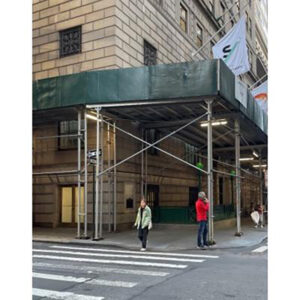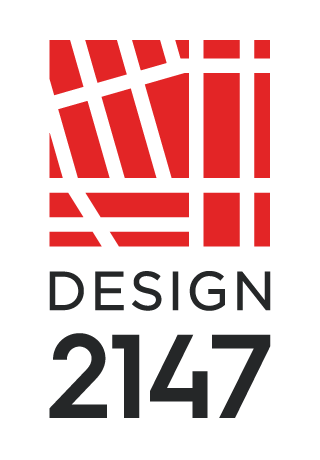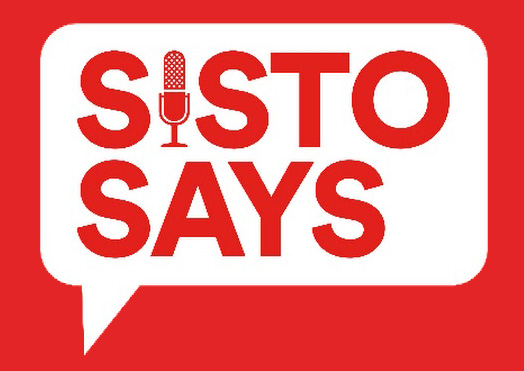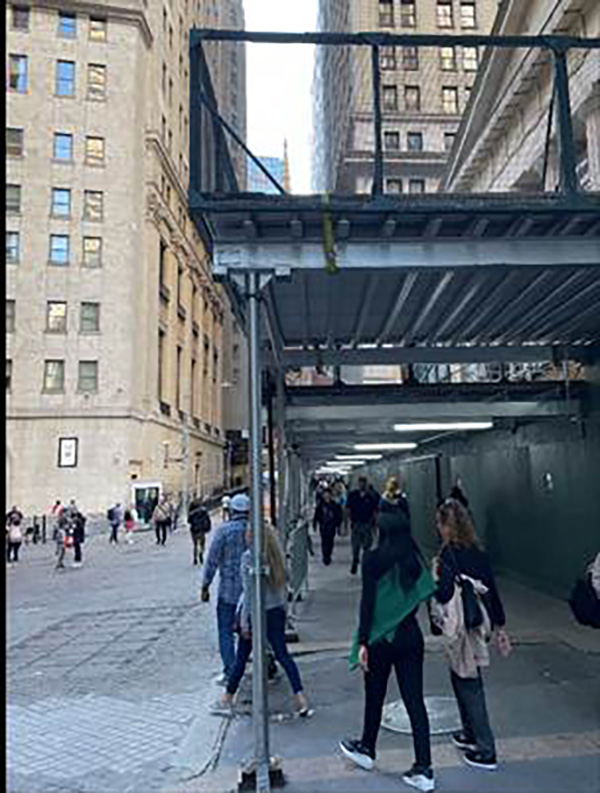For years, New York City’s streets have been obscured by sidewalk sheds, often for far longer than necessary. While initially designed as temporary safety measures, many of these structures have become a seeming fixture of the cityscape, frustrating pedestrians and building owners alike. Recognizing these challenges, the NYC Council recently passed a package of bills as part of Mayor Adams’ “Get Sheds Down” initiative to bring accountability, efficiency, and visual improvement to the city’s extensive scaffolding network.
The recent reforms bring significant changes. Here’s everything you need to know, from new design guidelines to updated permit rules, and what it means for your projects.
Key Changes Under the New Sidewalk Shed Bills
The reforms address several pressing issues, including aesthetics, permit durations, and enhanced enforcement. Below, we break down the most critical updates.
DOB Study & New Design Recommendations
What’s Changing:
The Department of Buildings (DOB) must conduct a study and provide recommendations for updated sidewalk shed designs by September 30, 2025. The goal is to create safer, more visually appealing structures while maintaining functionality.
Why It Matters:
This means we may soon see innovative designs replacing outdated structures, potentially improving streetscapes and public perception of ongoing projects. Building owners should stay ahead of these developments to ensure their compliance and align with emerging design standards.
Expanded Color Options for Sheds and Fences
What’s Changing:
Gone are the days of every sidewalk shed being painted in hunter green. Under the new law, property owners can choose from a broader range of colors, provided the chosen hue is uniform across both sidewalk sheds and construction fences.
Why It Matters:
This small but meaningful change allows developers to customize sheds to better align with branding or blend into local environments, creating a more cohesive and welcoming aesthetic.
Minimum Height Increased to 12 Feet
What’s Changing:
The minimum height for sidewalk sheds has been raised from 8 feet to 12 feet, except in cases where higher structures would obstruct windows, ventilation, or exits.
Why It Matters:
Taller sheds create a more open walkway beneath, enhancing the pedestrian experience and reducing the claustrophobic feel that shorter sheds often cause. Building owners should plan future scaffolding projects accordingly to meet the new height requirement.
Shed Permit Duration Limited to 3 Months
What’s Changing:
One of the most significant reforms is the reduction of sidewalk shed permits for façade repairs from 1 year to just 3 months. When renewing, building owners must demonstrate proof of progress and justify any delays. New penalties will be enforced for prolonged scaffolding without active work, starting from the second renewal.
Why It Matters:
This change addresses one of the biggest frustrations for both the public and property owners—sheds that seem to stick around indefinitely. Developers will need to prioritize timely project completion to avoid fines and potential permit complications. Implementing more efficient timelines for façade repairs will now be crucial.

Façade Inspection and Safety Program Revisions
What’s Changing:
The DOB is also tasked with reviewing and recommending changes to NYC’s Façade Inspection and Safety Program (FISP) by December 31, 2025. Some proposed changes include:
- Extending the FISP inspection cycle from the current 5 years to a range of 6 to 12 years.
- Delaying the first FISP filing requirement for new buildings from 5 years to 9 years.
Why It Matters:
For developers and building owners, these changes could result in reduced costs over time while aligning inspection timelines more practically with building lifecycles.
Enhancements to Lighting Requirements
What’s Changing:
To improve pedestrian safety, new rules require LED lighting under sidewalk sheds with doubled brightness levels. Additionally, lighting near windows or doors must include shields or adjustable fixtures to prevent excess glare inside nearby properties.
Why It Matters:
Building owners must upgrade shed lighting systems to meet these requirements. While this involves additional costs, it will better illuminate public walkways and contribute to overall safety.
Increased Fines and Penalties for Delays
What’s Changing:
A deterrent for negligent façade repairs, the new legislation introduces harsher fines for:
- Failing to submit construction documents within 5 months of completion.
- Not filing necessary permit applications within 8 months.
- Failing to complete repairs within 2 years.
Extensions may be granted in cases of unavoidable delays, but owners must provide detailed documentation to support their requests.
Why It Matters:
Real estate developers and property owners now face higher stakes for neglecting necessary repairs. These penalties stress the importance of proactive project management and communication with contractors.
Impact on Building Owners
The sweeping reforms promise to enhance overall city safety and aesthetics while addressing long-standing frustrations with scaffolding regulations. However, compliance with these new rules could bring several implications for stakeholders:
- Costs of Compliance:
Adhering to the new design, lighting, and height standards may require upfront investment, particularly for ongoing projects that need adjustments.
- Faster Timelines:
The shortened permit durations mandate quicker project turnarounds, making scheduling and resource allocation more important than ever. Developers may need to optimize their workflows to avoid penalties.
- Improved Reputation:
Developers and owners who adapt quickly to these rules could position themselves as leaders in responsible urban development. Enhanced aesthetics and reduced public disruption may increase goodwill with tenants and the local community.
- Staying Ahead of DOB Policies:
With forthcoming recommendations on shed designs and FISP schedules, staying informed will be critical. Being proactive can prevent unexpected delays or noncompliance.
- Opportunities for Innovation:
The push for better designs and visuals creates opportunities for property owners and developers to reimagine how scaffolding integrates seamlessly with urban spaces.


